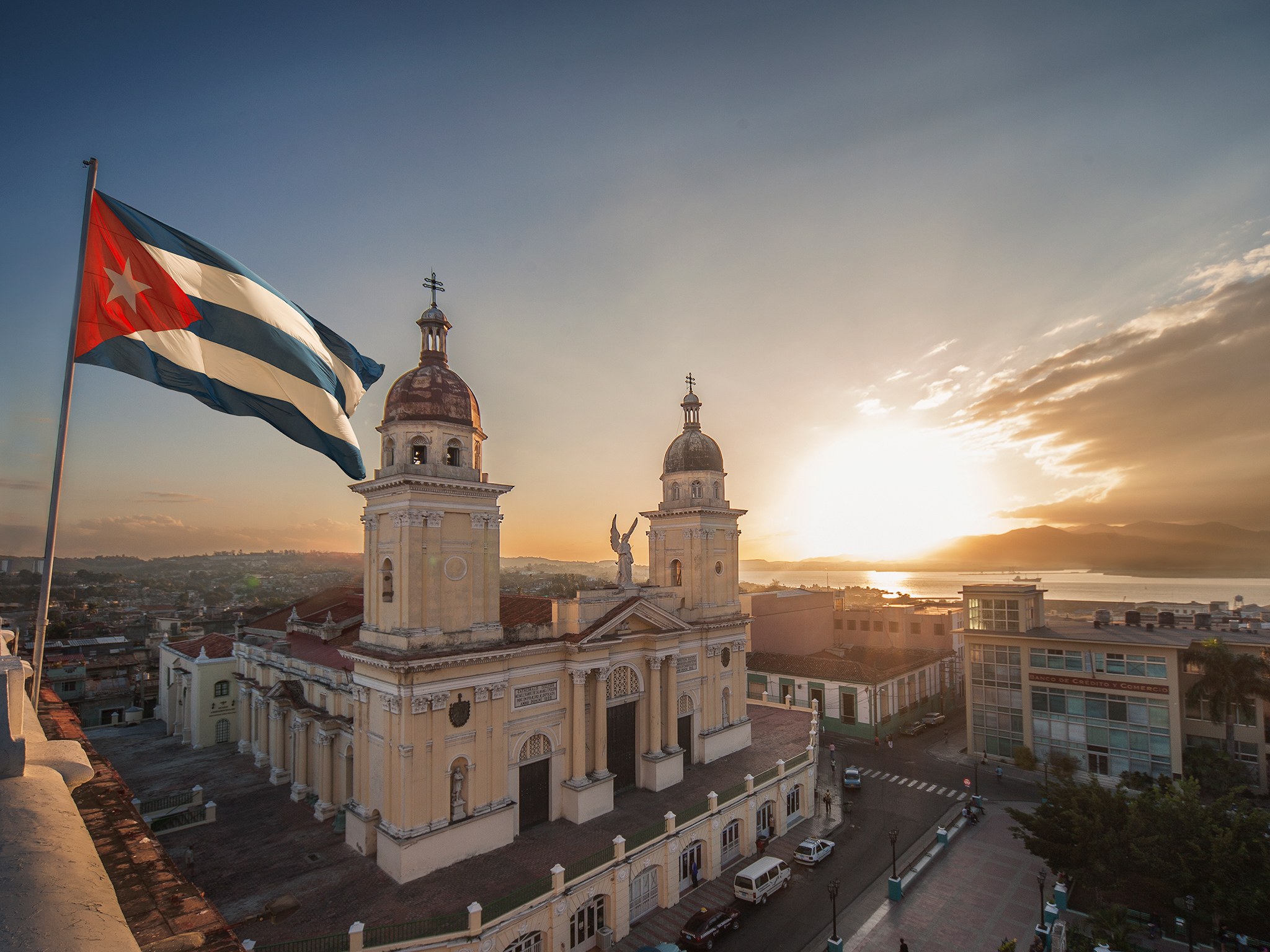By David Jacobson, Temblor

At 4:08 a.m. local time, a M=5.9 earthquake shook Cuba, including the cities of Guantanamo and Santiago de Cuba. While initial reports out of Cuba stated the earthquake had a magnitude of 5.4, the USGS and EMS Catalogs had it at 5.8 and 5.9 respectively. At this stage, very few reports have come in, and all suggest that no serious damage or injuries were caused by the quake.
Even though this earthquake appears to have struck along the Oriente Fault Zone, a large left-lateral transform fault (whichever side you are on, the other side moves to the left during the earthquake), the motion in today’s earthquake was not left-lateral, instead it was thrust motion. If the focal mechanism is correct, today’s quake struck on a parallel subsidiary fault, which could have loaded or unloaded the major left-lateral transform fault.
Based on the Global Earthquake Activity Rate (GEAR) model, which can be viewed in Temblor, this earthquake should not be considered surprising. From strain rates and the last 38 years of global seismicity, GEAR suggests that the likely earthquake magnitude in your lifetime in this location is 6.0-6.25. So, one or two of these would be expected in a lifetime here.

The Oriente Fault Zone, along Cuba’s south coast, accounts for much of Cuba’s seismicity. Approximately 70% of the country’s earthquakes take place within this zone, though most of them are not large enough to be felt. The last time Cuba experienced a large and damaging earthquake was in May 1992, when a M=6.9 quake injured approximately 40 people and destroyed over 100 homes. Hopefully with the opening of Cuba to the West, the seismic monitoring, and exchange of earthquake expertise will rapidly improve. For example, the 1992 quake was initially registered as a M=5.2. Understanding this fault is not only important for the safety of Cuba, but Haiti as well.
Sources
USGS
International Business Times
New York Times
Havana Times
The Sun
Faults from ATA Database
- Earthquake science illuminates landslide behavior - June 13, 2025
- Destruction and Transformation: Lessons learned from the 2015 Gorkha, Nepal, earthquake - April 25, 2025
- Knock, knock, knocking on your door – the Julian earthquake in southern California issues reminder to be prepared - April 24, 2025
